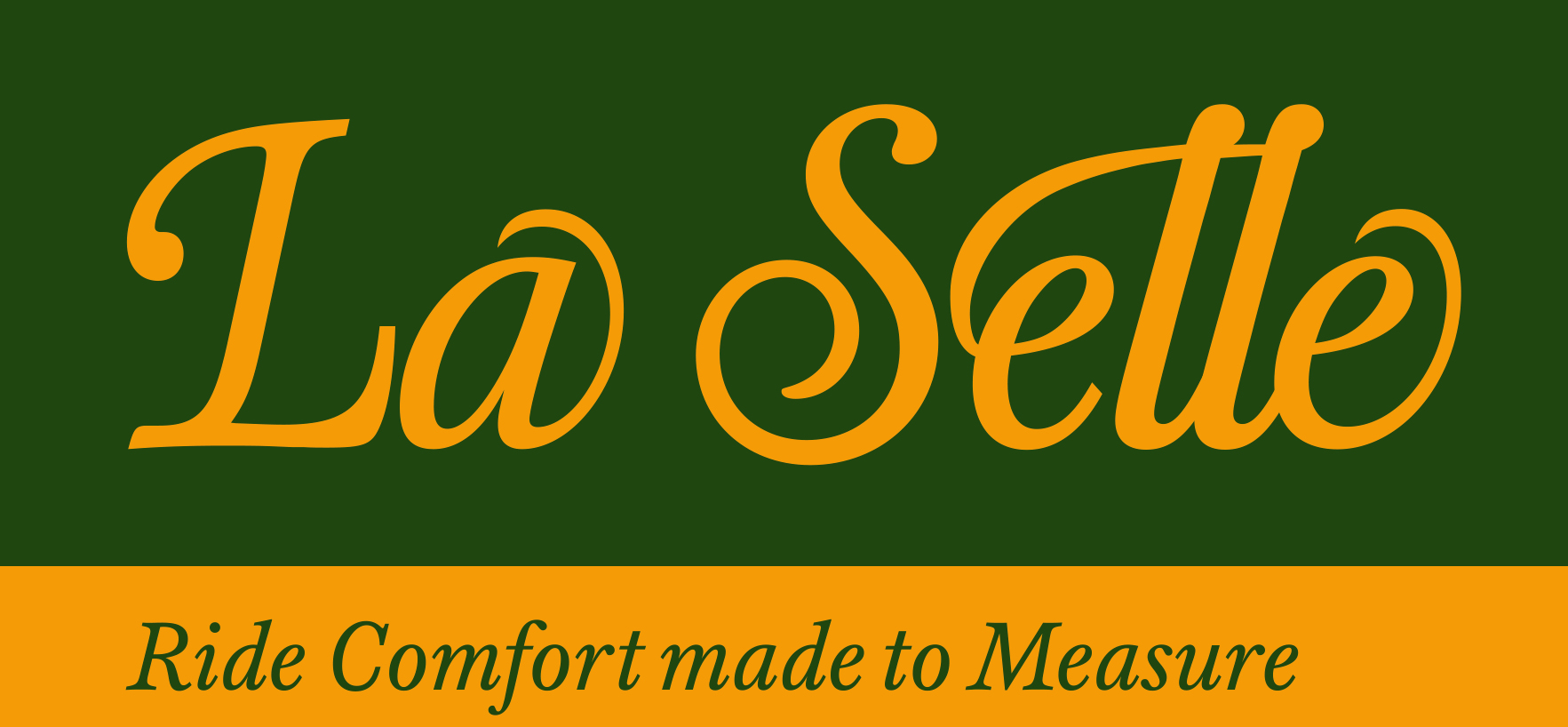Here you will find many interesting topics on horseback and saddle!

The saddle fit
What are the seven seals of fitting a saddle? – One of them is definitely an optimal saddle support area on the horse. But what determines a well-fitting saddle?
Anatomy of the horse
The anatomy of the horse has a huge effect on the choice of the saddle. You should particularly focus on the length of the saddle support area. We would like to take this opportunity to point out that we talk about horses for convenience only. Short saddle areas can be found at baroque breeds and ponies much more often.
When choosing a saddle, you have to make sure first that the saddle doesn’t extend past the 18th thoracic vertebra. Depending on the horse, mainly with warmbloods, very high withers can cause trouble too. But also broad spinous processes can restrict the selection of the saddle (e.g. for some Friesian horses, we recommend our La Selle gullet plate XL). A horse built downhill (e.g. Quarter Horses) doesn’t make it easier to find the right saddle either. As you can see, there’s a lot to take into account. Also strong or sloped shoulder blades in combination with unfitting girth grooves can be a challenge for every saddler.
But everything is not as bad as it seems, we just shouldn’t neglect those facts.
Anatomy of the rider
Big, thin, tall or small – it doesn’t matter, as long as the rider fits into the saddle. This can also be one reason for “saddle problems“. If the rider doesn’t fit into the saddle, he will become a disturbing factor. When choosing a saddle, it is important to see that the rider might need a bigger seat, e.g. when he has long legs and rides with short stirrups. So please consider the seat length especially for general-purpose saddles and jumping saddles.
Thinner and bigger riders
Particularly thin or big riders will have to pay greater attention to the seat of the saddle. Thin riders put more strain on their seat bones or on their pubic bone which might result in getting sore. In that case, a softer seat or a different shape of the seat can provide relief. When there was still a bigger number of web-braced saddle trees, that problem wasn’t as wide spread. Today, many saddle trees are made in one piece and in some, there are little gaps in the problem zones to prevent riders getting sore.
Rather big riders are seated more on their thighs. We really do not want to blame anybody for their look or for their figure. We would just like to ask to consider that you’ll have special needs, no matter if you are tall, small, big or thin. You should always check very carefully whether the saddle fits you or not.
Diseases
The same applies to people with any sort of physical ailments (e.g. problems with the intervertebral discs, the knees or an artificial hip). Please do not conceal anything. Your physical deficiencies may be communicated to your horse and vice versa. At least, they have to be taken into account for finding the right saddle for you and your horse.
The side saddle
The side saddle is a very special saddle. If you’ve got a horse with a short back and you have very long thighs – then we’ve got a problem indeed. The seat length of the side saddle depends on the length of the rider’s legs. The reason is that the upper leg lies parallel to the horse’s spine when riding in a side saddle. An ideal side saddle horse should thus have a long saddle support area and an oval shape of the ribs to improve the saddle’s stability.
Horse – rider ratio
Small horses, tall riders. As small horses often have very short backs, it is important to use the entire saddle support area. With Icelandic horses, we partially get into the grey area. It is possible to make more room in a small space by changing the position of the cantle or through a flat seat. Therefore, we have developed the La Selle Agile particularly for ponies and Icelandic horses.


